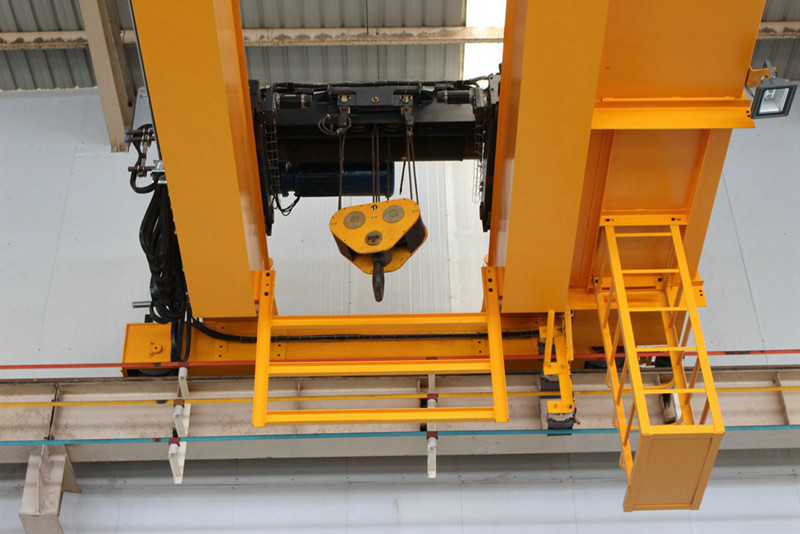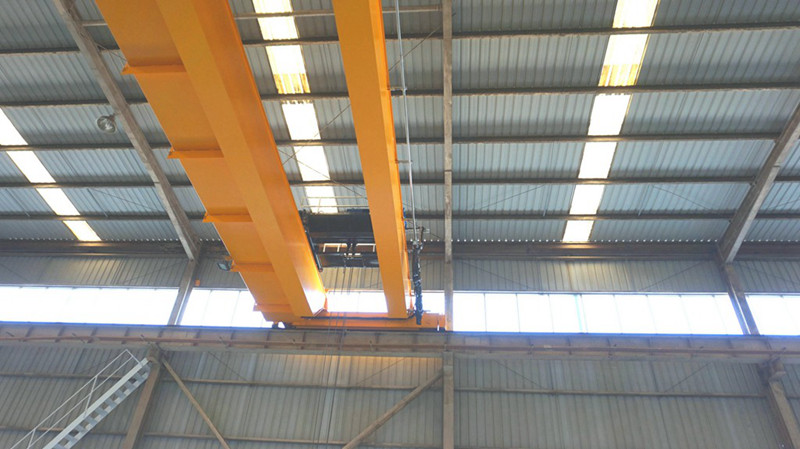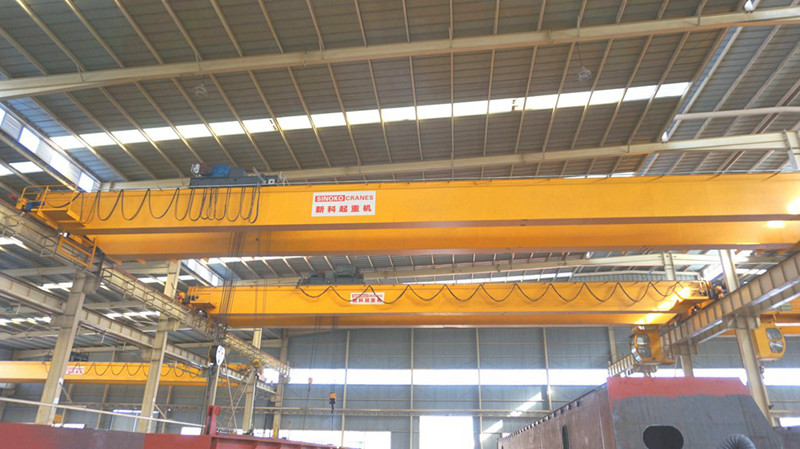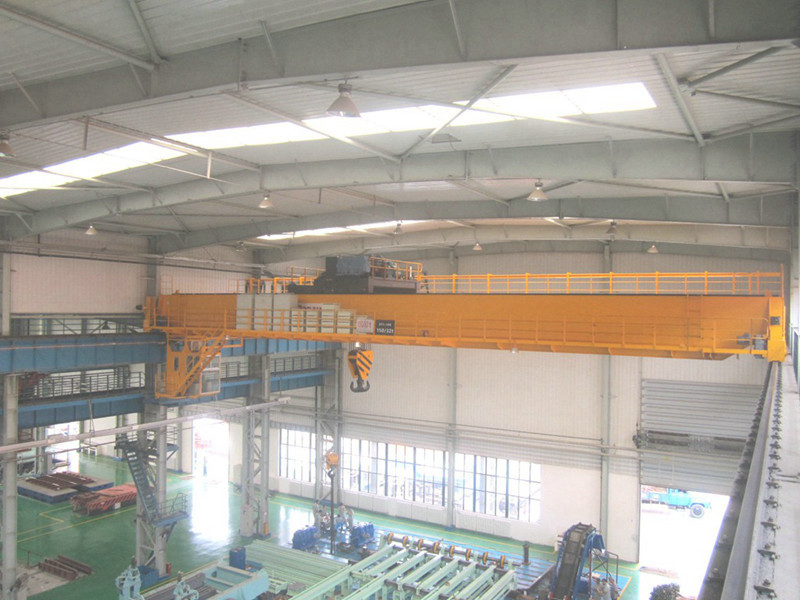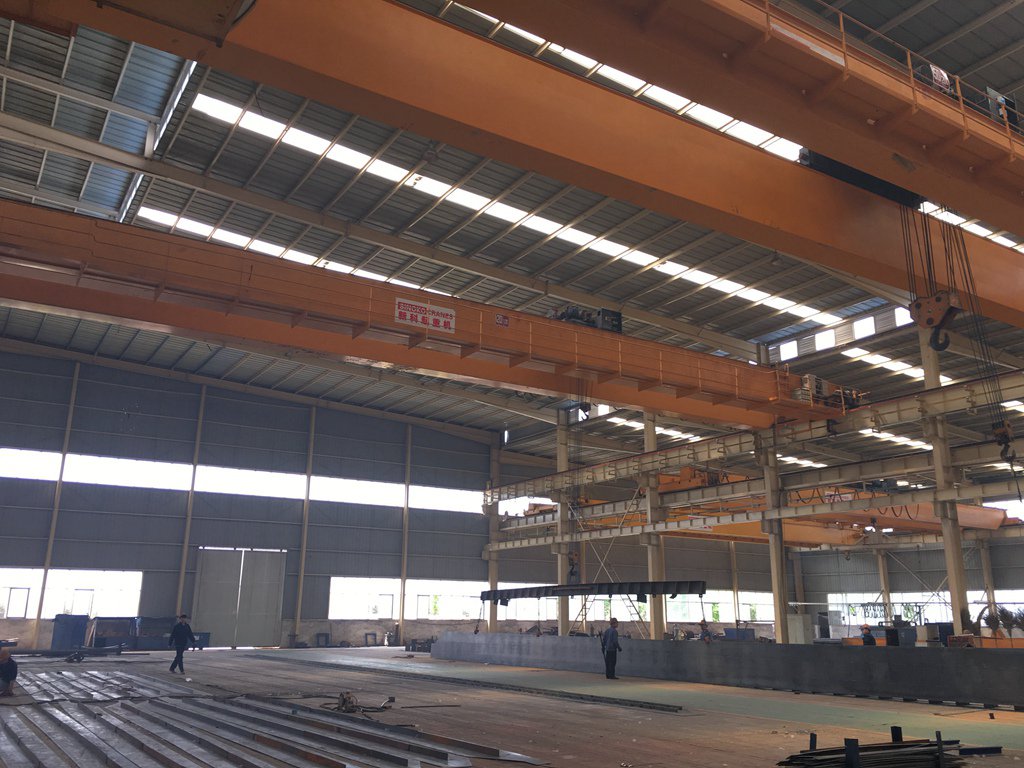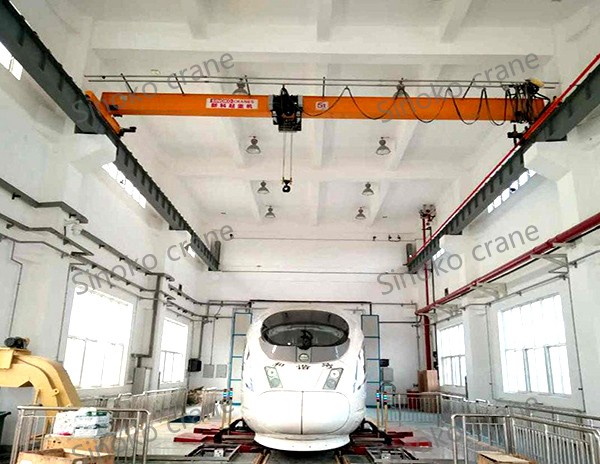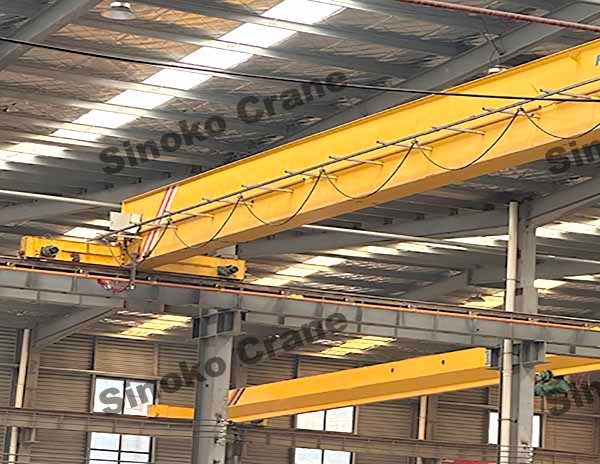Overview:
Sinokocranes Overhead cranes for turbine maintenance are specialized cranes used in industrial settings for lifting and transporting heavy loads. Because the lifting handling products are very expensive, but the working frequency of crane system is not so high, we generally suggest that the clients can adopts the main –auxiliary hook model. The main hook can be used to lift the electricity generator unit, and the auxiliary hook can be used to make maintenance and replace the spare parts. As the equipment needs assembly, so they has a higher accuracy requirements about the crane system. We generally use absolute encoder to improve the lifting accuracy. It can not only meet the use of equipment functions, but also reduce the cost for customers. Based on different needs of customers and different situation on-site, we can also tailor the right proper equipment.
INDUSTRY APPLICATION
Turbine handling cranes are typically used in industrial environments for applications such as lifting and transporting heavy loads, transferring materials between two points, and unloading and loading heavy equipment onto vessels. They can also be used for inspecting, repairing, or replacing components of a turbine.
Performance
Electrical enclosure designed for easy maintenance
They often feature a control system to ensure precise operations, load monitoring systems to ensure safety, and anti-collision systems to prevent accidents. Additionally, they are usually designed to be able to access challenging areas as well as have a sturdy, stable platform from which to work.
Specification
| Parameter | Specification |
| Lifting Capacity | 100-500 tons(single crane) Up to 1,000 tons(tandem operation) |
| Hook Configuration | Main +Auxiliary Hook System |
| Precision Control | Absolute Encoders +Infinitely Variable Speed |
| Safety Systems | -Overload Protection -Single Fault Protection(Optional) -Anti-Collision System |
| Structural Design | Forged Steel Wheels High-Precision Bearing Boxes |
| Environmental Rating | IP55 Electrical Enclosures |
| Operational Control | Radio Remote +Cabin Options Seismic Design Packages |
| Maintenance Access | Modular Components Direct Service Platforms |
| Certifications | FEM/ISO Standards Nuclear Compliance Packages |
CASE
Based on their intended use, overhead cranes can be classified into general-purpose cranes, steel mill cranes, and explosion-proof cranes. Each type is designed with specific working environments and load requirements in mind, ensuring safety and efficiency.
Installation of QZ-Type Grab Bucket Bridge Crane Project Case
The Sinoko QZ-Type Grab Bucket Bridge Crane was specially designed for a Brazilian client as a grab bucket crane, which significantly improved the client's work efficiency and received unanimous praise from the client.
Learn More Get a QuoteAutomotive Repair Facility in Russia 5 Ton Workshop Bridge Crane Project Case
The Sinoko crane, a 5-ton bridge crane tailor-made for a Russian customer's auto repair shop, has helped the customer solve the problem of lifting and transportation, improved the customer's work efficiency, and saved the customer's work costs.
Learn More Get a Quote3× 5T European-Style Single-Girder Cranes for Kenyan Sugar Refinery
Sinoko cranes has designed three 5-ton bridge cranes for Kenyan customers, which have solved their problems. Come and contact Sinoko cranes to solve your lifting problems.
Learn More Get a QuoteFAQs
A: Our standard turbine room cranes handle 100-500 tons individually, with dual-crane configurations achieving 1,000+ tons through synchronized lifting. This covers all critical lifts - from generators to turbine rotors - with precision control.
A: We integrate absolute encoders and infinitely variable speed control systems that enable millimeter-accurate positioning. This prevents costly damage during generator/turbine installation and maintenance operations.
A: Our nuclear-grade safety package includes: 1.Single fault protection design (optional) 2.Overload protection with real-time monitoring 3.Anti-collision systems for dual-crane operations 4.Failsafe control mechanisms meeting ASME B30.2 standards
A: The dual-hook system optimizes costs and functionality: 1.Main hook (100-500t): Heavy turbine lifts 2.Auxiliary hook (5-50t): Maintenance/parts replacement This design maximizes uptime while reducing capital expenditure.
A: We incorporate nuclear power industry refinements: 1.Seismic-rated structural design 2.Radiation-resistant components 3.Compliance with IEEE 382 & ASME NQA-1 4.Maintenance-optimized access points













